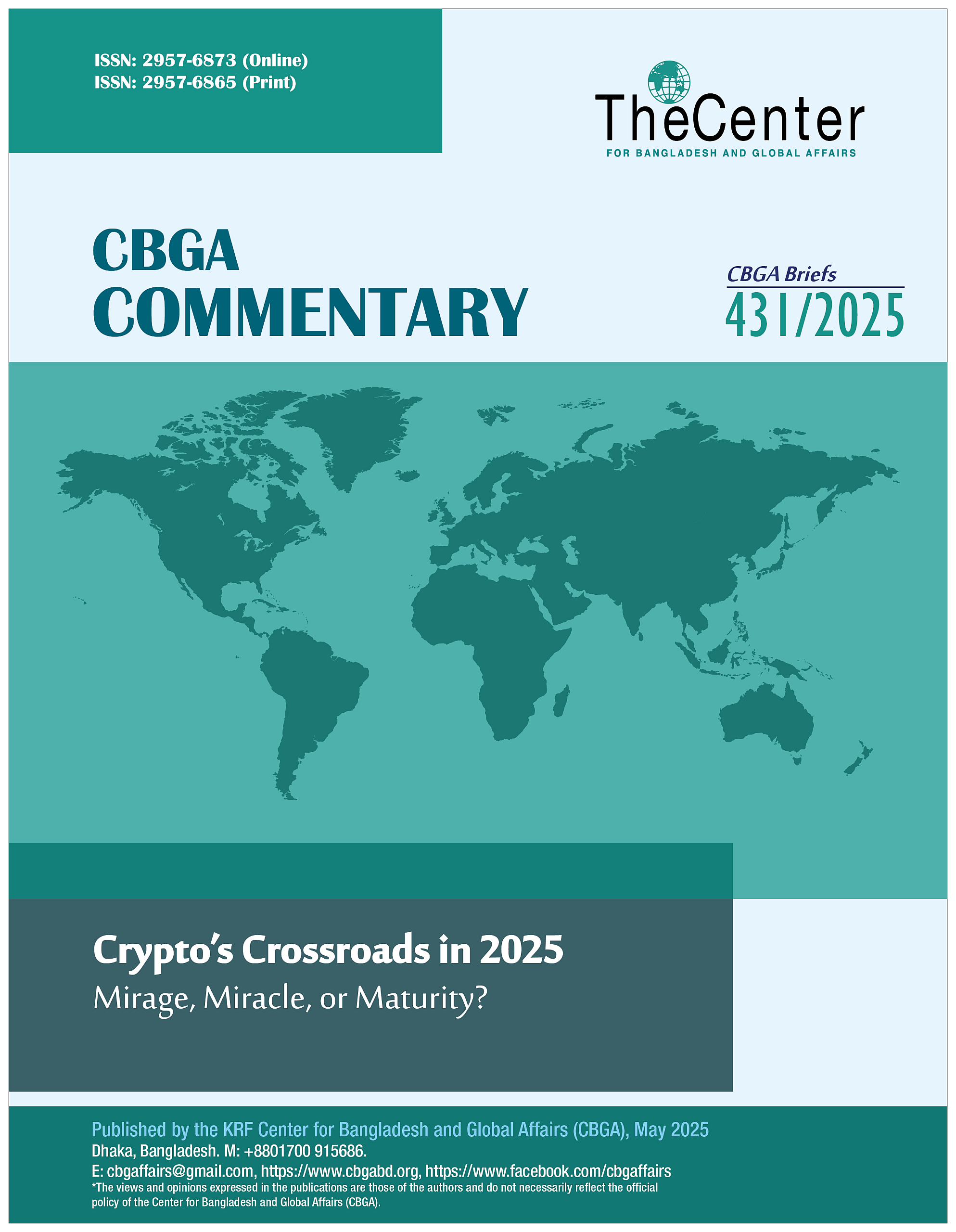
Bitcoin, the pioneer of digital currencies, began as a fringe innovation by the enigmatic Satoshi Nakamoto in 2008. Fast forward to 2025, and it has become a central character in the evolving story of global finance. With the U.S. finally approving Bitcoin exchange-traded funds (ETFs) in 2024, institutional investors flooded in, pushing Bitcoin past $100,000 and sparking renewed interest across financial markets. Once viewed with skepticism, Bitcoin is now seen as a legitimate asset class, offering both promise and peril to a rapidly digitizing world.
A Market Maturing Amid Mayhem
The crypto ecosystem has grown exponentially—not just in market capitalization but in depth and reach. Today, over 17,000 cryptocurrencies exist, with about 10,385 considered active. The number of businesses accepting crypto has surged past 18,000, and global users exceed 560 million. Exchanges like Binance, Coinbase, and Bybit dominate the decentralized trading space, showcasing staggering daily volumes. The cryptocurrency market is experiencing explosive yet turbulent growth. Global projected revenue in this sector is estimated to hit US$45.3 billion in 2025, with over 861 million users worldwide. The average revenue per user stands at US$52.7, with the United States leading the charge by generating US$9.4 billion alone. However, this explosion has been accompanied by growing pains: a chaotic blend of innovation, speculation, and uncertainty. With 817 active exchanges as of April 2025, up from 724 just a year ago, the infrastructure is expanding—but so is the risk.
Institutional Fuel and Political Firestorms
December 2024 was a watershed moment when Bitcoin hit $108,135, driven by ETF demand outstripping supply. Traditional finance giants like BlackRock legitimized crypto by integrating it into institutional portfolios. Simultaneously, Donald Trump’s surprise return to the U.S. presidency added political momentum, further igniting the rally. Yet, the early months of 2025 have seen a correction, as Bitcoin slid to around $81,000 after new CPI data showed inflation cooling. A 90-day tariff pause on 75 countries rattled global markets, shifting investor sentiment from greed to caution.
Lifeline in Crisis: Crypto’s Role in the Global South
For countries like Argentina, Nigeria, and Venezuela—where economic instability, currency collapse, and hyperinflation are the norm—cryptocurrency isn’t just speculative; it’s survival. In Argentina, with inflation over 200%, and in Nigeria, where access to foreign exchange is limited, crypto offers an escape hatch. Adoption rates have reached as high as 19% in Nigeria, driven by the need for cross-border payments, remittances, and value preservation. For the unbanked global population of 1.7 billion—1 billion of whom own mobile phones—crypto opens doors where traditional banks cannot.
The Promise of Innovation: DeFi, Stablecoins, and Beyond
Decentralized Finance (DeFi) is rewriting the rules of banking. In 2024, DeFi protocols locked in over $150 billion, enabling borrowing, lending, and transactions without intermediaries. Meanwhile, stablecoins—digital assets pegged to fiat currencies—surpassed even Visa and Mastercard in transaction volume, topping $27.6 trillion. The future is being shaped by AI-driven smart contracts, Ethereum’s transition to proof-of-stake, and the proliferation of privacy coins and Layer-2 scaling solutions. As technological advancement accelerates, so too does the potential for a more inclusive and efficient financial system.
Persistent Pitfalls: Volatility, Exclusion, and Regulation
Despite its promise, the crypto sector remains fraught with challenges. Volatility is an ever-present threat—sharp price drops can obliterate savings overnight. In many developing regions, the poorest lack access to smartphones, stable internet, or digital literacy, leaving them on the margins of the crypto revolution. Fraud and scams, such as the OneCoin debacle in Nigeria, further erode trust. Regulatory ambiguity continues to cast a long shadow, with some governments embracing digital currencies while others impose outright bans, heightening uncertainty for investors and users alike.
Toward a New Financial Frontier—or Another Mirage?
Cryptocurrency in 2025 stands at a crossroads. On one path lies maturity, characterized by deeper integration into the global financial system, institutional legitimacy, and meaningful financial inclusion. On the other lies fragmentation, fueled by unchecked speculation, regulatory crackdowns, and growing inequality in access. Whether crypto fulfills its promise as a transformative financial tool—or devolves into yet another digital mirage—will depend on the decisions made today by policymakers, innovators, and global institutions. What is clear is this: crypto is no longer on the fringe. Its fate will shape, and be shaped by, the future of global finance.
– S. M. Saifee Islam is a Research Associate at the KRF Center for Bangladesh and Global Affairs (CBGA).







